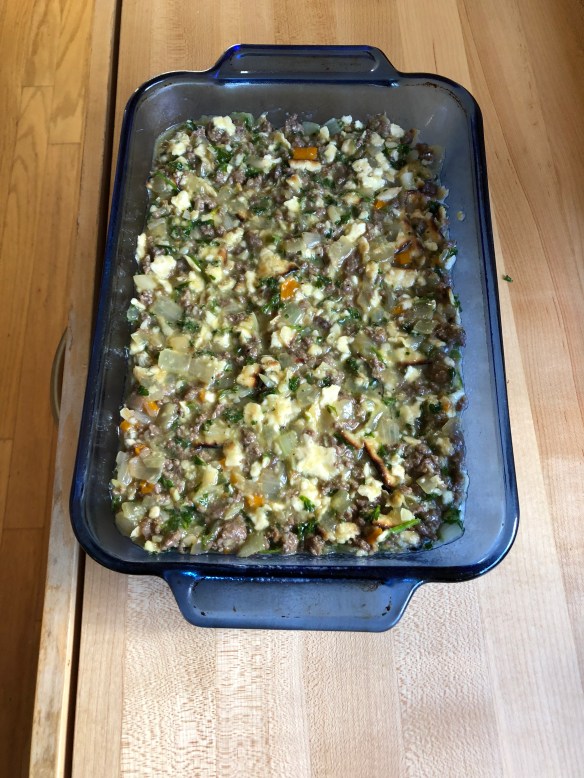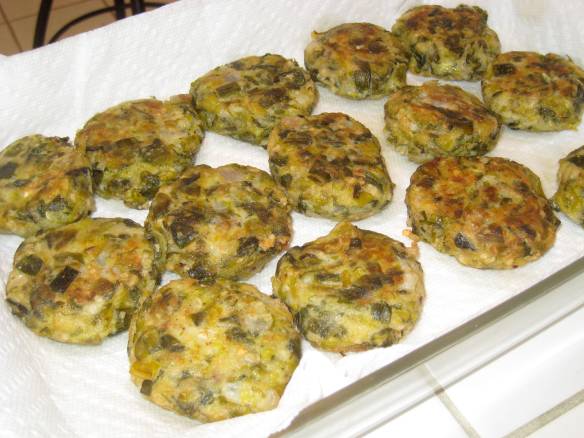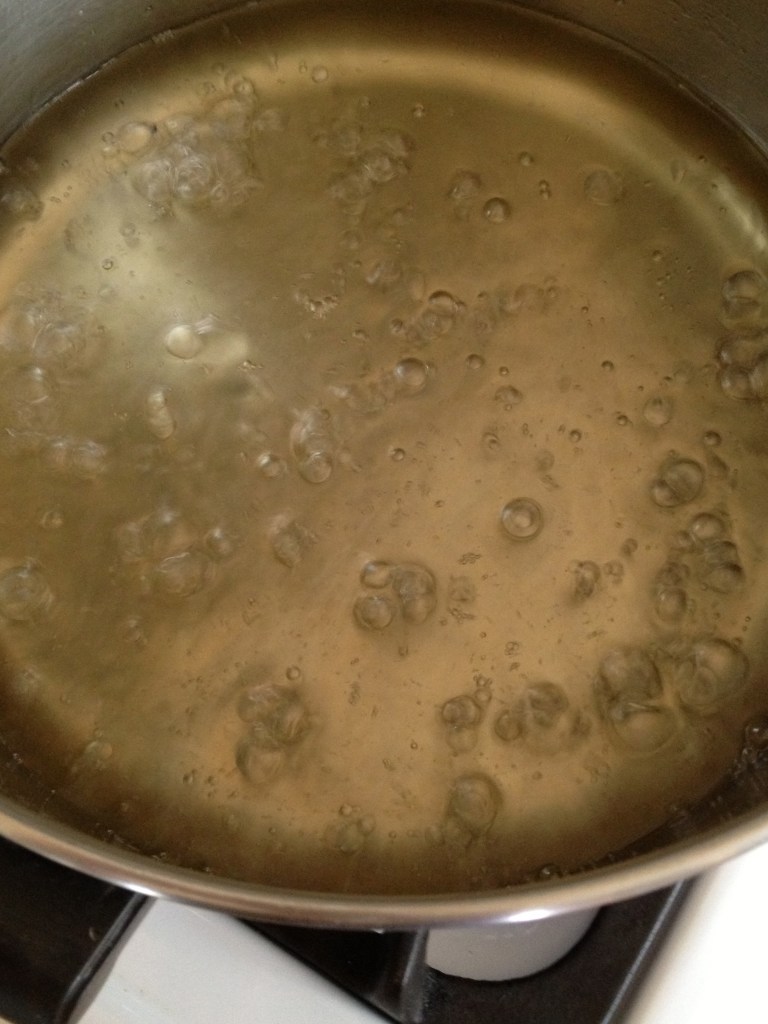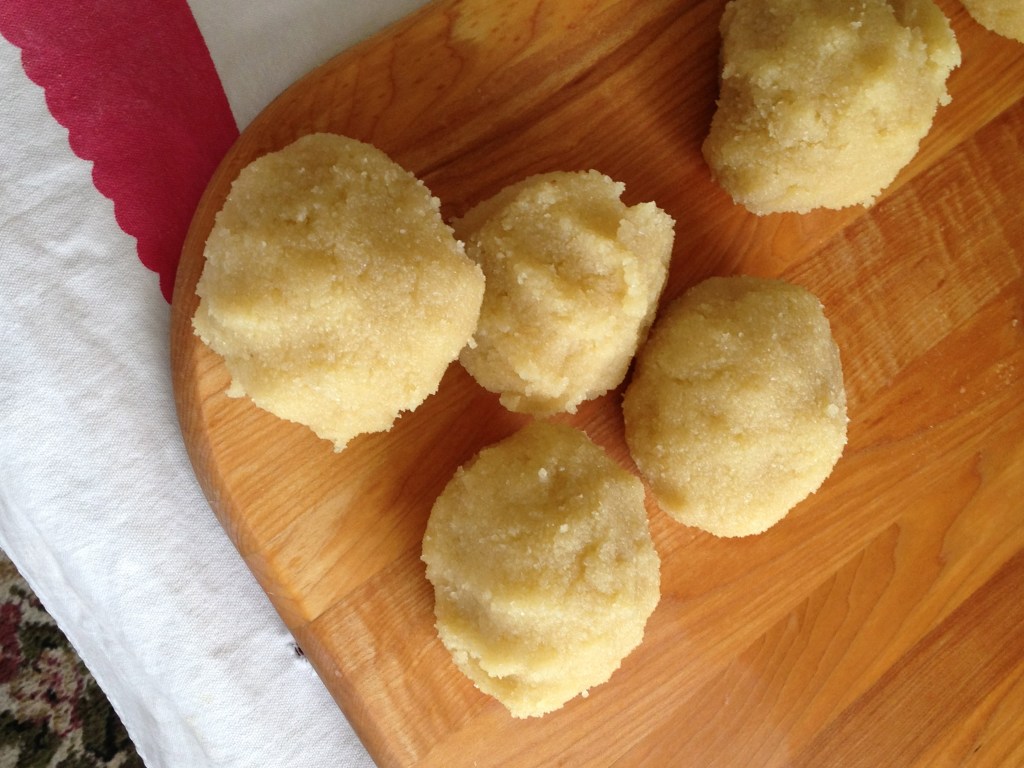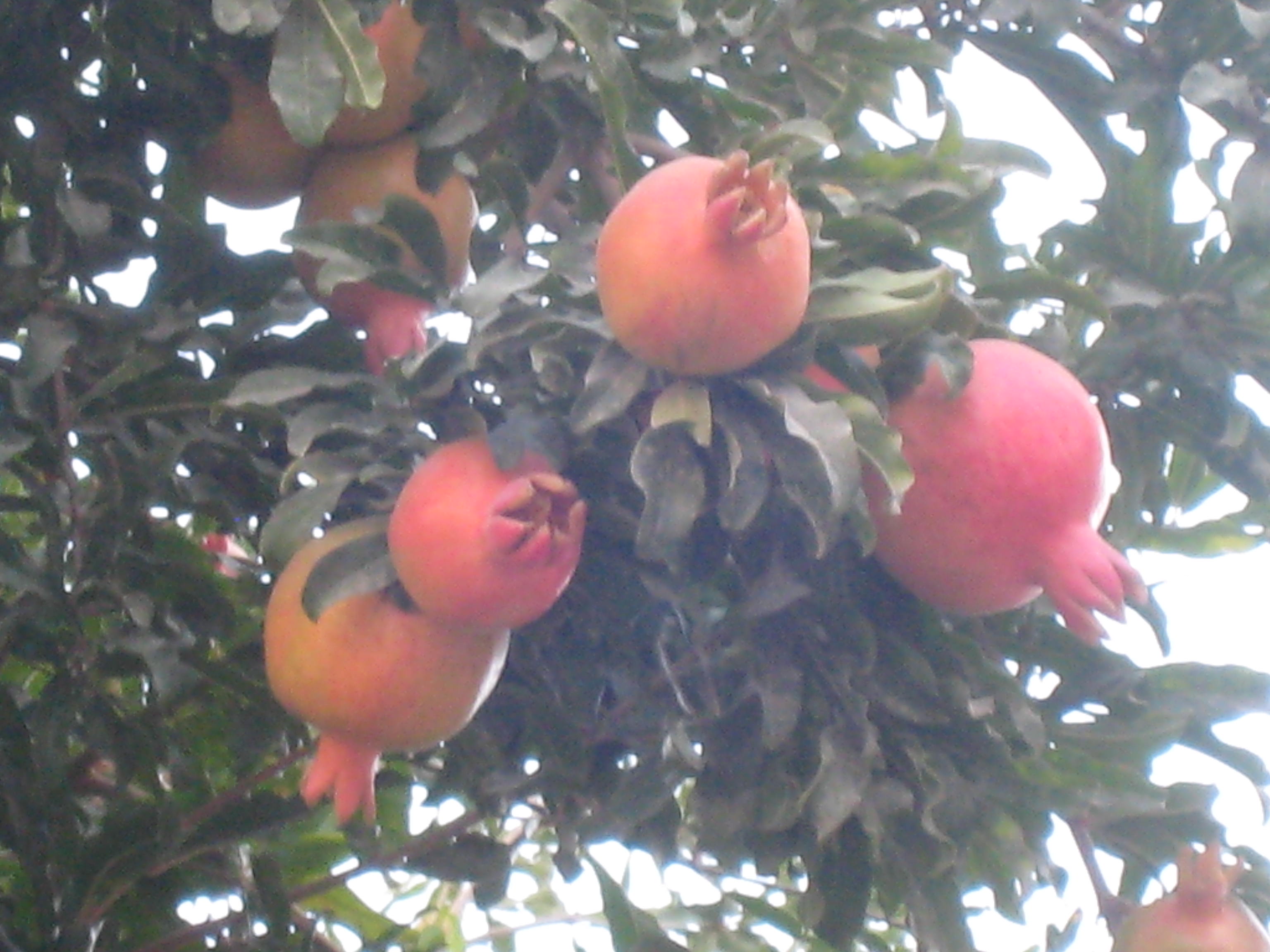Pesah Lyrics….Un Kavritiko and Kien Su Piense
Every year, I like to post the lyrics to two Pesah songs from the Parade of Hits we enjoy at our Seder – the Ladino versions of ‘An Only Kid’…’Un Kavretiko’ and ‘Who Knows One’…..’Kien Su Pience.’ (click on the links next to the songs to hear Yehoram Gaon sing them).
Everyone looks forward to these songs. They help define ‘our’ Seder. Our folks sang these songs when they were growing up, be it here in L.A., in Seattle or Montgomery, Alabama. And their parents before them in our beloved Rhodes. (There was always a part when my Dad, of Blessed Memory, who grew up in Seattle and my Aunt Belina, of Blessed Memory, who grew up in Montgomery, would add a line to ‘Kien Su Piense’ that both their parents’ had used…. “Eloenu shebashamayim, nos iremos a Yerushalayim, con la caravana grande.’”…..we always waited for them to chime in with that!!!). Our kids and grandchildren have learned them, their spouses and friends as well. L’dor v’dor. May we keep singing them for generations to come!
I find myself playing this music, along with my other favorite Ladino albums and Middle Eastern tunes when I’m in the midst of holiday cooking. It conjures up memories of days gone by, generations past. That invisible chain that connects us….how I love that feeling and that bond.
Have a good week as you prepare to greet your family for a Pesah Alegre…..a good, meaningful, joyful celebration together. Moadim LeSimha!
~Bendichas Manos
AN ONLY KID – LADINO VERSION: UN KAVRETIKO
Un kavretiko ke lo merko mi padre por dos levanim, por dos levanim.
HAD GADYA, HAD GADYA!
Y vino el gato, y komio al kavretiko ke lo merko mi padre, por dos levanim, por dos levanim.
HAD GADYA, HAD GADYA!
Y vino el perro, y modrio al gato, ke komio el kavretiko ke lo merko mi padre por dos levanim, por dos levanim.
HAD GADYA, HAD GADYA!
Y vino el palo, y aharvo el perro, ke modrio al gato, ke komio al kavretiko ke lo merko mi padre por dos levanim, por dos levanim.
HAD GADYA, HAD GADYA!
Y vino el fuego, y kemo al palo, ke aharvo al perro, ke modrio al gato, ke komio al kavretiko ke lo merko mi padre por dos levanim, por dos levanim.
HAD GADYA, HAD GADYA!
Y vino la agua, y amato al fuego, ke kemo al palo, ke aharvo al perro, ke modrio al gato, ke komio al kavretiko ke lo merko mi padre por dos levanim. por dos levanim.
HAD GADYA, HAD GADYA!
Y vino el buey, y bebio a la agua, ke amato al fuego, ke kemo al palo, ke aharvo al perro, ke modrio al gato, ke komio al kavretiko ke lo merko mi padre por dos levanim, por dos levanim.
HAD GADYA, HAD GADYA!
Y vino el shochet, y degoyo al buey, ke bebio a la agua, ke amato al fuego, ke kemo al palo, ke aharvo al perro, ke modrio al gato, ke komio al kavretiko, ke lo merko mi padre por dos levanim, por dos levanim.
HAD GADYA, HAD GADYA!
Y vino el Malach Hamavet, y degoyo al shochet, ke degoyo al buey, ke bebio a la agua, ke amato al fuego, ke kemo al palo, ke aharvo al perro, ke modrio al gato, ke komio al kavretiko ke lo merko mi padre por dos levanim, por dos levanim.
HAD GADYA, HAD GADYA!
Y vino el Santo Bendicho, y degoyo al Malach Hamavet, ke degoyo al shochet, ke degoyo al buey, ke bebio a la agua, ke amato al fuego, ke kemo al palo, ke aharvo al perro, ke modrio al gato, ke komio al kavretiko ke lo merko mi padre por dos levanim, por dos levanim.
HAD GADYA, HAD GADYA!
WHO KNOWS ONE? LADINO VERSION: KIEN SU PIENSE LADINO VERSION: KIEN SU PIENSE
Kien su piense y entendiense alavar al Dio kriense, Kualo es el uno?
UNO es el Kriador, baruch Hu uvaruch shemo!
Kien su piense y entendiense alavar al Dio kriense, Kualo son los dos?
DOS Moshe y Aharon, uno es el Kriador, baruch Hu uvaruch shemo!
Kien su piense y entendiense alavar al Dio kriense, Kualo son los tres?
TRES muestros padres son, dos Moshe y Aharon, uno es el Kriador,
baruch Hu uvaruch shemo!
Kien su piense y entendiense alavar al Dio kriense, Kualo son los kuatro?
KUATRO madres de Yisrael, tres muestros padres son, dos Moshe y
Aharon, uno es el Kriador, baruch Hu uvaruch shemo!
Kien su piense y entendiense alavar al Dio kriense, Kualo son los cinko?
CINKO livros de la Ley, kuatro madres de Yisrael, tres muestros padres son, dos Moshe y Aharon, uno es el Kriador, baruch Hu uvaruch shemo!
Kien su piense y entendiense alavar al Dio kriense, Kualo son los sesh?
SESH dias de la semana, cinko livros de la Ley, kuatro madres de Yisrael, tres muestros padres son, dos Moshe y Aharon, uno es el Kriador, baruch Hu uvaruch shemo!
Kien su piense y entendiense alavar al Dio kriense, Kualo son los siete?
SIETE dias kon el Shabbat, sesh dias de la semana, cinko livros de la Ley, kuatro madres de Yisrael, tres muestros padres son, dos Moshe y Aharon, uno es el Kriador, baruch Hu uvaruch shemo!
Kien su piense y entendiense alavar al Dio kriense, Kualo son los ocho?
OCHO dias de la millah, siete dias kon el Shabbat, sesh dias de la semana, cinko livros de la Ley, kuatro madres de Yisrael, tres muestros padres son, dos Moshe y Aharon, uno es el Kriador, baruch Hu uvaruch shemo!
Kien su piense y entendiense alavar al Dio kriense, ” Kualo son los nueve?
NUEVE mezes de la prenyada, ocho dias de la millah, siete dias kon el Shabbat, sesh dias de la semana, cinko livros de la Ley, kuatro madres de Yisrael, tres muestros padres son, dos Moshe y Aharon, uno es el Kriador, baruch Hu uvaruch shemo!
Kien su piense y entendiense alavar al Dio kriense, Kualo son los diez?
DIEZ mandamientos de la Ley, nueve mezes de la prenyada, ocho dias de la millah, siete dias kon el Shabbat, sesh dias de la semana, cinko livros de la Ley, kuatro madres de Yisrael, tres muestros padres son, dos Moshe y Aharon, uno es el Kriador, baruch Hu uvaruch shemo!
Kien su piense y entendiense alavar al Dio kriense, Kualo son los onze?
ONZE ermanos sin Yosef, diez mandamientos de la Ley, nueve mezes de la prenyada, ocho dias de la millah, siete dias kon el Shabbat, sesh dias de la semana, cinko livros de la Ley, kuatro madres de Yisrael, tres muestros padres son, dos Moshe y Aharon, uno es el Kriador, baruch Hu uvaruch shemo!
Kien su piense y entendiense alavar al Dio kriense, Kualo son los doje?
DOJE hermanos kon Yosef, onze hermanos sin Yosef, diez mandamientos de la Ley, nueve mezes de la prenyada, ocho dias de la millah, siete dias kon el Shabbat, sesh dias de la semana, cinko livros de la Ley, kuatro madres de Yisrael, tres muestros padres son, dos Moshe y Aharon, uno es el Kriador, baruch Hu uvaruch shemo
Kien su piense y entendiense alavar al Dio kriense, Kualo son los treje?
TREJE son los Ikarim, doje hermanos kon Yosef, onze hermanos sin Yosef, diez mandamientos de la Ley, nueve mezes de la prenyada, ocho dias de la millah, siete dias kon el Shabbat, sesh dias de la semana, cinko livros de la Ley, kuatro madres de Yisrael, tres muestros padres son, dos Moshe y Aharon, uno es el Kriador, baruch Hu uvaruch shemo!











